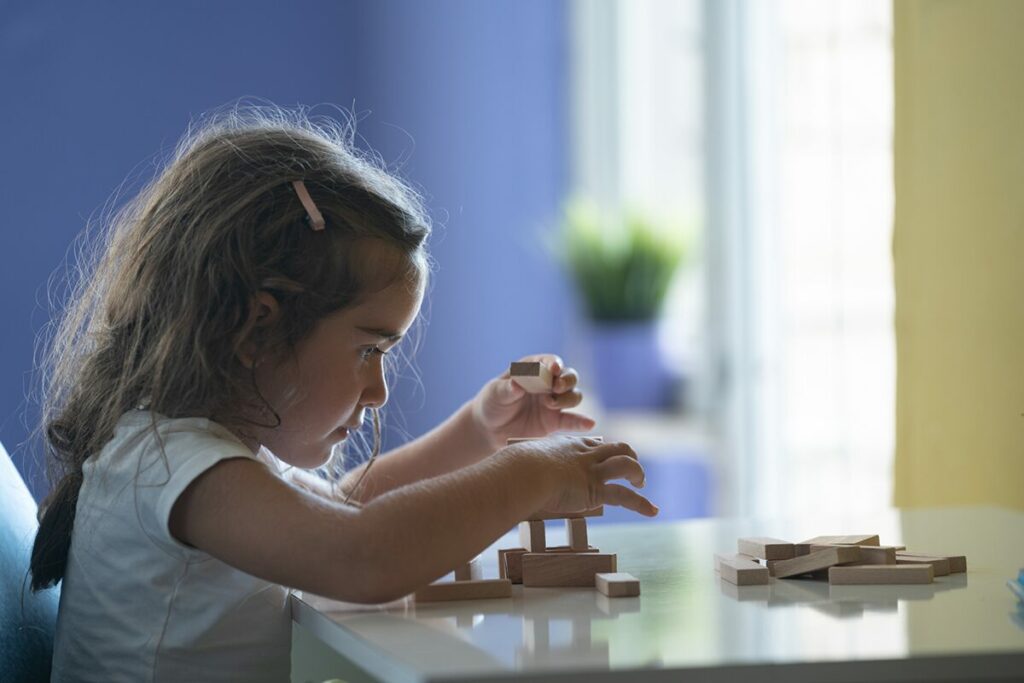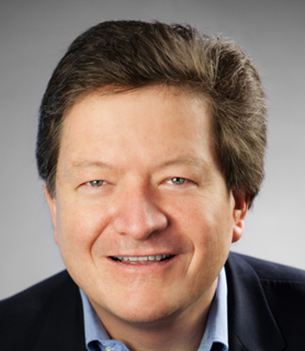Our diversity as a nation is one of our core strengths, but our society needs to be clear about what we value… I think education that leads to employability should be one of the highest priorities.
Kimo Kippen, Founder, Aloha Learning Partners
Kimo Kippen is the founder of Aloha Learning Partners and a former Chief Learning Officer with both Marriott and Hilton. He currently serves on Education Reimagined’s Board of Directors. During our conversation, he shares how a strong education infrastructure, coupled with employer-led training, can help build a strong workforce and an even stronger nation.
Q: How did education become a passion of yours and why does that matter to you?
Kimo: Aloha and good day! My purpose in life is to know unconditional, significant love. I am very pleased to say that I have that with my spouse, my family, and my dear friends.
Along with that, my mission is to create greater access to learning and education, thereby changing the life of that individual, as well as generations to come. We know greater access to education not only raises one’s quality of life but also that of those in a community. With it, we also see better outcomes in health and GDP over the long term.
There’s nothing more paramount to explore than how children receive access to education across the country. The learner-centered model makes so much sense but implementing it can be a rather daunting task. At its core, it’s centered on the learner, so it goes beyond K-12 and into the notion of lifelong learning.
At the systems level, it becomes a bit more complex and challenging. I really see education as something that is nation-building. I’m not talking about just enhancements to the existing model, but a new frame and a new game.
Q: Could you tell us about the throughlines between the role of education and people’s preparedness for the workforce?
Kimo: I’ve worked my entire career in the hospitality industry. I came up through operations and worked for companies like Marriott and Hilton from a global perspective. I tackled ideas like how we should train a large-scale, global workforce. These companies operate in over one hundred countries with hundreds of thousands of employees. For me, the compelling part about education, learning, and training is that it serves as an amazing attraction and retention tool. If your organization offers opportunities for great learning and advancement, people are going to want to work there and stay.
This is true across many generations, but particularly with Gen-Z who express a high desire to be learning and to be well-trained. They want to have access to a lot of opportunities and experiences. Corporations have an opportunity to offer these individuals what they’re looking for in a job through access to additional learning.
My passion lies in determining how we can create better connections and networks to industries for individuals. There is the K-12 and academic side of things, but there are also community colleges, universities, and postgraduate degrees that all allow people access to different opportunities. From a workforce development standpoint, how can we bring all of these people to the table? When people throughout a community have more access to education and career development, the whole community benefits.
Workforce development is focused on employability. One component of that is skills. How do we upskill or reskill people so they’re better prepared for the changing jobs of the future? Tackling this will take a lot of people, as well as strong leaders from the local level up and through the businesses. There’s no silver bullet to this equation, but we know that early childhood development is really critical for future success. If young people have the skills needed to adapt to changing jobs, they’ll have many more opportunities in the future. And, that’s where learner-centered ecosystems could play an important role.
About 14% of people in the US don’t have a high school degree or an equivalent. That makes it really hard to find a job that you enjoy and that allows you to earn what you need to in order to achieve what you want in life. If people could gain real-world skills and experience for the jobs they’re interested in while in school—along with stronger development and training opportunities from companies—their individual and community rates of success would increase. People would be working in jobs they enjoy and can grow with.
Workforce development is focused on employability. One component of that is skills. How do we upskill or reskill people so they’re better prepared for the changing jobs of the future?
Kimo Kippen, Founder, Aloha Learning Partners
Q: How is learner-centered education important for nation-building?
Kimo: Education and opportunities for advancement touch every part of society. For humans, everything matters. A lot of learners in the current system are learning big academic skills but not a lot of interpersonal and life skills.
McKinsey did some research on this and identified 56 unique, interpersonal skills. People tend to call them “soft skills,” but I prefer the term “power skills” because they impact how a person shows up every day, no matter if they’re having a good day or a bad day. Many of us spend a lifetime developing those skills, and it impacts all aspects of our lives, especially our habits. But imagine developing those skills at an earlier age and having them as you go through life. How would that manifest at a community level? If people are developing and thriving personally, their communities will be resilient and so will our—or any—nation.
Last night, I was talking over dinner about how the Japanese culture has a strong focus on sustainability. The way they live their lives and the habits of the community is centered around this. One example: You don’t leave garbage anywhere in Japan—you take it home if needed. Recyclable items are cleaned and carefully sorted at home, so they can be fully recycled. It’s a very socially conscious culture, and it’s embedded in the society.
In many Scandinavian countries, we see education models that resemble things that are learner-centered—and it’s all culturally driven. From a young age, the learners are very connected to their communities and are building critical thinking skills. It starts in pre-school and continues beyond. There is an overarching focus on independent thinking, critical thinking, and skill development. Education is framed in a context where those things matter.
If you look at America, we’re very different. Not in a right or wrong way, but those values are different—often fueled by capitalism. Our diversity as a nation is one of our core strengths, but our society needs to be clear about what we value. And, as you can tell by now, I think education that leads to employability should be one of the highest priorities.
Historically, strong nations have a strong middle class. We’re starting to see a bifurcated society of the haves/have-nots, and that is very concerning. One way to combat that is equal access to education and stronger opportunities to develop skills—something learner-centered ecosystems directly address. We continue to be a world leader but are grappling with really big issues like education, healthcare, housing, and mental health. We need to offer people pathways to develop their skills and their communities.
Q: We’ve touched on education, communities, workforce development, and nation-building. So, where do you see this all connecting and heading?
Kimo: It’s going to take leadership. It will take organizations like Education Reimagined to help think through the big questions and catalyze change through many channels. I don’t think it’s difficult to get people on the bus—once people know what learner-centered education is, many are on board. What makes this challenging and complex, but also exciting, is igniting this on a national level.
We will need to showcase examples of transformative learner-centered education in practice—highlighting examples where communities can see themselves and develop best practices to truly manifest what is possible. Every learner is different, so there won’t be a cookie-cutter model. But we can show communities what happens when we come together with a shared purpose and goal.
What will be behind these successes will be great leaders bringing people together at a community and systems level—all in service of seeing the individual learner.
I think we’re in a really exciting moment to build for the future. If we bring the right constituencies together and talk about designing solutions in a learner-centered way, we can really create a better world for all of our children.

